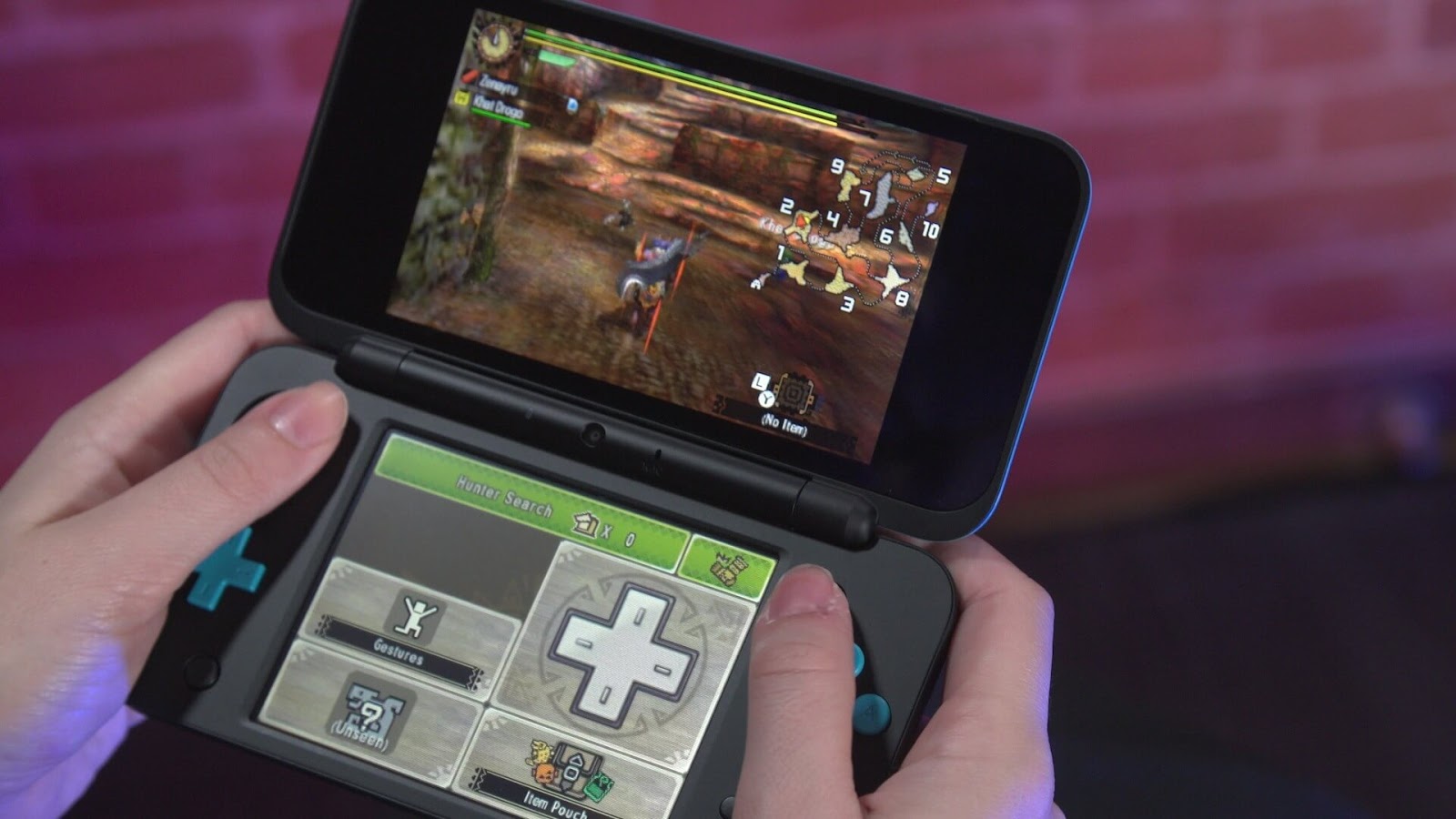Oct 28, 2019 4. Movo M1 USB Lavalier Microphone for Mac. View on Amazon. Editor’s Rating: 4.2/5. Meet the Movo M1. It’s a highly affordable lavalier clip-on type microphone for Mac and PC. It comes with a long 20ft cable that give users plenty of freedom to move as they record. Best feature 1: Exceptional sound quality for a mic in its class. Safety, ease of use, and cost when determining the optimum antibiotic. The attached tables will aid in MIC interpretation and antibiotic selection. The MIC, or minimum inhibitory concentration, is the lowest concentration (in μg/mL) of an antibiotic that inhibits the growth of a given strain of bacteria. The post explains how you can record system audio on macOS without much hassle. You can manage the quality, and change the source if needed. You will have to use third-party software to route audio from the system to the virtual speaker. We have also included software for. How to Use a Free Audio Recorder on Mac. You can also record music on Mac using some software that wasn’t designed for audio capture in the first place, like the QuickTime Player. It lets you easily capture microphone output, but it can’t record audio on Mac: from the Internet, online radio, movies, music videos, or other sources. MicMac is an open source project and you can download the source code and compile the project yourself. This page presents the steps of the installation on a Mac system using HomeBrew.Xcode and 'command line developer tools' (sudo xcode-select -install) should be also installed.


Where you connect a microphone to a computer depends on the connector the microphone utilizes. Generally speaking, there are two types of connectors used with microphones: the mini-plug and USB. Both types can connect to nearly any computer as most machines (including some laptops and Chromebooks) have both.
The sections below have images and descriptions that help you determine which type of connector your microphone uses. Once you've figured that out, follow the instructions on how to get it connected to your computer.
USB microphone

First, locate any available USB port and plug the microphone into it. They are found on the front, back, or sides of desktop, laptop, and all-in-one computers. Once connected, the computer should automatically detect the microphone and install the drivers for it. After the software is installed, you can verify the microphone is ready for use by accessing the sound settings and looking through the options.
What if the mic isn't detected automatically?
First, if you're plugging a USB microphone into the top or front of a desktop, try connecting it to the back. Some cases require the additional wiring to 'activate' secondary USB ports, the ones not connected directly to the motherboard.
If the computer still does not detect your microphone and you've installed the software, you may need to download the drivers yourself. Fortunately, we have pages with these instructions, which are listed below:

How To Use Mic On Mac For Ds 1
Mini-plug microphone
How To Use Mic On Mac For Ds 10
Many microphones utilize a mini-plug connector, similar to that which you would find on your mobile phone, tablet, or iPod. On a desktop computer, the microphone jack is often on the back and identified by the pink color, as shown in the image. However, microphone jacks may also be on the top or front of the computer case.
How To Use Mic On Mac For Ds Download
Many laptop computers and Chromebooks have a microphone built into them. If not, the microphone jack is usually on the front edge, or near the front left or right side.
What if the mic isn't detected automatically?
If the computer does not automatically detect your microphone and install the software, you may need to download the drivers yourself. Fortunately, we have pages with these instructions, which are listed below:
How to see if the microphone is detected
- Press the Windows key, type Control Panel in the Windows search bar, and press Enter.
Or, open the Windows 10 Start menu, and choose Windows System > Control Panel.
- In the Control Panel, click Hardware and Sound.

- Under Sound, click Manage audio devices.
- At the top of the window, click the Recording tab. If you have an internal or external microphone, it's displayed in the middle section.
- If you have more than one input device, you can switch to another by selecting it, and then clicking the button and then the button.
If you have more than one input device, you can switch to another by selecting it, and then clicking the button and then the button. Furthermore, you can select the microphone in this list and click the Properties button to change microphone settings, including the volume level for recording.
How To Use Mic On Mac For Ds Free
Additional information
